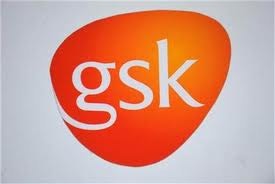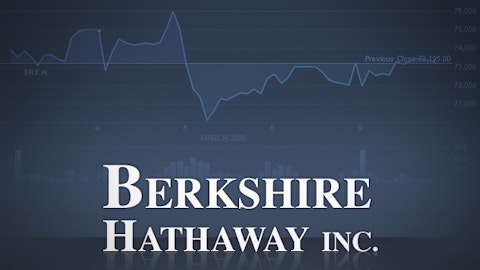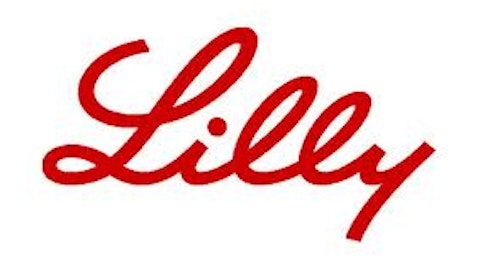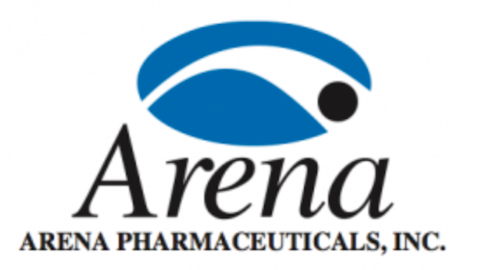
Investors seem to think so; shares of Sarepta Therapeutics Inc (NASDAQ:SRPT) were up almost 3.3% Friday, while Prosensa, which developed drisapersen and licensed it to GlaxoSmithKline plc (ADR) (NYSE:GSK), was down 8%.
But be careful though. Sometimes, one man’s trash is just another man’s trash.
First, the blah data
Keep in mind this is phase 2 data. GlaxoSmithKline plc (ADR) (NYSE:GSK) is already running a phase 3 trial that should read out later this year. The phase 2 data will have little influence on the approvability of drisapersen, but it could give hints as to whether the phase 3 trial will be successful and how it might compete with Sarepta Therapeutics Inc (NASDAQ:SRPT)’s eteplirsen.
The study looked at both continuous dosing of drisapersen, defined as once weekly, and intermittent dosing, which consisted of alternating between once and twice a week for six weeks and then taking the seventh to 10th weeks off before restarting the cycle.
The continuous dosing clearly worked better after 25 weeks on the drug, with 72% of patients showing an increase in dystrophin, the protein missing in Duchenne muscular dystrophy patients that leads to muscle wasting. The intermittent dosing produced increases in dystrophin levels in 59% of patients. Only one out of 18 of the patients treated with placebo registered positive, so drisapersen is clearly doing something.
The problem for Galxo and Prosensa is Sarepta Therapeutics Inc (NASDAQ:SRPT)’s data indicate that all of patients taking eteplirsen had an increase in dystrophin levels. One hundred percent trumps 72%, although the two companies measured dystrophin levels in different ways, and it isn’t clear which one is more stringent.
Be careful
In addition to the apples-to-oranges comparison across clinical trials, there’s the issue of using dystrophin as an endpoint for approval. Sarepta Therapeutics Inc (NASDAQ:SRPT) has two options for approval using its phase 2 data. It could gain accelerated approval based on the surrogate endpoint of increasing dystrophin or the Food and Drug Administration could award full approval based on the boys taking eteplirsen walking further, a clinically meaningful endpoint.
GlaxoSmithKline plc (ADR) (NYSE:GSK) measured walking ability as well, and only the boys that received continuous dosing increased the distance they could walk in six minutes after 25 weeks in the study by 31.5 meters on average. The group that got intermittent dosing — mean decrease of 0.1 meter — looked similar to the mean decrease of 3.6 meters for the placebo group.
It’s very curious that having 72% of patients increase dystrophin levels creates a statistically significant increase in walking ability, but having 59% of patients increase dystrophin produces no noticeable increase. If dystrophin levels were an indication of walking ability, you’d expect the intermittent group to walk at a level in between the continuous group and the placebo group.
It could be that there’s some unknown threshold where dystrophin increases becomes clinically meaningful. Or maybe an increase in dystrophin levels just isn’t predictive of an increase in walking ability and the data is all over the place — some patients with dystrophin increases walked further, while others that were positive were at the other spectrum. Either way, a lack of correlation would be bad for Sarepta Therapeutics Inc (NASDAQ:SRPT) if the FDA isn’t willing to give a full approval with walking data.
Of course, it’s hard to draw definitive conclusions with pooled data. What we’d really like to see is the dystrophin and walk data on an individualized basis. Do individual patients who increase dystophin walk further while those who don’t increase dystrophin walk less?
Unfortunately, GlaxoSmithKline plc (ADR) (NYSE:GSK) didn’t provide that level of detail, so the speculation on the likelihood that Sarepta gains FDA approval continues.
The article The Good and Bad of a Competitor’s Failure originally appeared on Fool.com and is written by Brian Orelli.
Fool contributor Brian Orelli and The Motley Fool have no position in any of the stocks mentioned.
Copyright © 1995 – 2013 The Motley Fool, LLC. All rights reserved. The Motley Fool has a disclosure policy.



